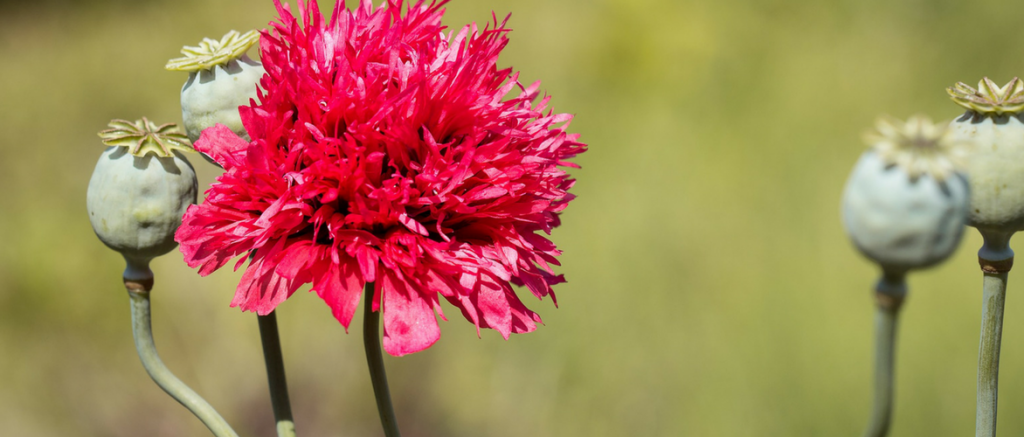
Oriental Poppies: 8 Garden Pairing Ideas
Natural or whimsical
Contents
The Oriental Poppy is a perennial that’s exceptionally easy to pair, even inspiring for creating a garden with a naturalistic feel, featuring plants that require minimal care and maintenance.
It’s a staple in wild gardens and contemporary meadow gardens, where it works wonders when combined with fennel, ornamental grasses, or airy flowers like those of crambe or gypsophila. But with its tall, delicate stems, this perennial also brings elegance and originality to more sophisticated spaces.
To fill the bare space left after its flowering period, pair it with perennials that bloom in late summer or autumn (Asters, hollyhocks, Dahlias, Giant Snapdragons, Heleniums, Anemones, and sedums…) whose foliage develops during summer. It’s very traditionally paired with roses, as it conceals their somewhat unsightly lower stems.
With its striking presence, it will set the tone for a flowerbed, either by providing contrast or in a monochromatic scheme. The variety of its colours allows full rein to your creativity. Traditionally, its intense hues are paired with complementary colours for a cheerful, vibrant effect, in combinations like red/blue, orange/peach, or white/purple, for example, often mixed with upright perennials like irises, columbines, and delphiniums. Pair it with species that flower at different times: other plants will flourish as the poppy begins to fade. These combinations create scenes with a wild appearance and rich colours. Let its colour inspire your compositions!
To create a wild garden
Create a lush cottage garden atmosphere by pairing Oriental poppies with other charmingly rustic plants such as Echinops with their azure globes, Eryngiums, Hollyhocks, Yarrows, or Love-in-a-mist. Or why not plant them at the foot of an Ornamental Artichoke for a striking decorative effect? As companions, seek out nostalgic flowers like Dahlias in vivid or muted tones, irises, old-fashioned roses, peonies, or Madonna lilies (white lilies). A delightful tangle that evokes the charm of forgotten gardens.
Read also
Oriental Poppies: How to Grow Them?To bring a cheerful and expressive touch
Sun-loving flowers par excellence, whether scarlet (‘Turkenlouis’) or pink (‘Princesse Victoria Louise‘), the large crumpled corollas of the Oriental poppy will brighten up any sunny border. Take inspiration from its colour to create: a romantic English garden atmosphere with ‘Queen Alexandra’ in soft hues with very single flowers, meadow effect with ‘May Queen’ and its orange-red… Mixed with other upright perennials such as Cosmos, Asters, Delphiniums, Columbines or with the tall spikes of Lupins, it will create a lively and dynamic scene requiring little maintenance. So many varieties that will allow you to stagger the flowering periods. The Mulleins, quite spectacular with their tall flower spikes and greyish foliage, accompany poppies in a very natural way. A few clumps of Salvia x sylvestris or Salvia nemerosa with intense blue flowering will be the perfect setting for the romantic beauty of a pastel-toned poppy (‘Clochard‘). In the same spirit of lightness and harmony in blue-pink tones, it works very well in small groups of three plants with lavenders.
Discover other Papaver - Poppies
View all →Available in 1 sizes
Available in 1 sizes
Available in 2 sizes
Available in 2 sizes
Available in 1 sizes
Available in 1 sizes
Available in 1 sizes
Available in 1 sizes
Available in 2 sizes
Available in 3 sizes
To conceal the unsightly base of a climbing plant
The upright, bushy habit and large, deeply cut leaves also help to soften the rigid habit of roses and conceal the bare base of a climbing plant like a clematis. The diversity of colours in Papaver orientale allows for striking contrasts or harmonious pairings with pure tones: a blue clematis paired with the poppy ‘Beauty of Livermere’, which bears enormous deep red flowers, or a white rose combined with the poppy ‘Perry’s White’, with its large white flowers.
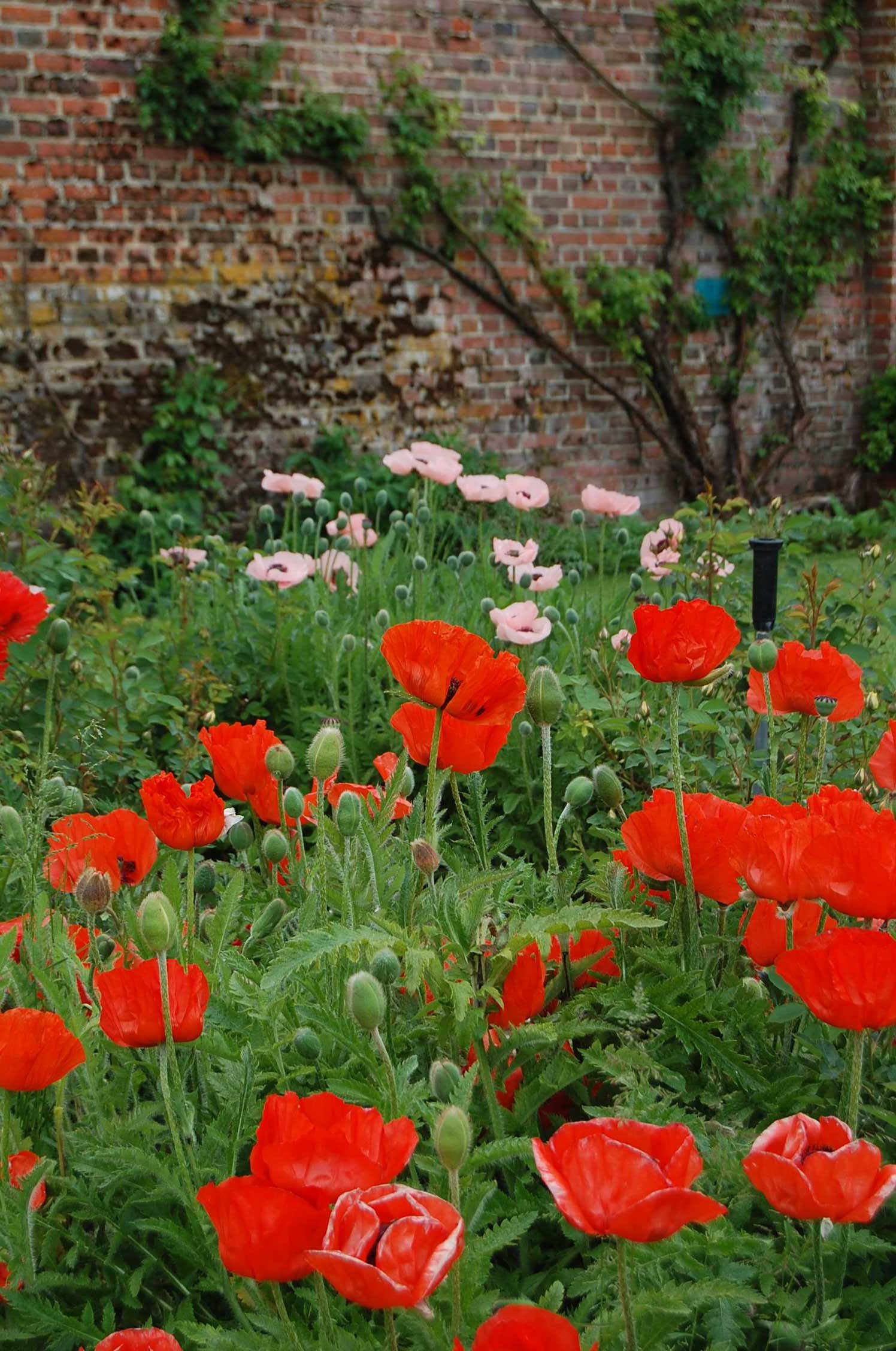

Placed in the foreground, the oriental poppy Beauty of Livermere will beautifully cover the slightly bare base of a climbing rose or clematis
A light and graphic style with ornamental grasses
Of all sizes and colours, ornamental grasses blend perfectly with meadow flowers in both naturalistic and contemporary gardens. These plants that undulate with the slightest breeze bring an airy movement to borders and contrast beautifully with the colourful flowers of poppies. Planted en masse, Stipa tenuifolia (angel hair) and Pennisetum create a year-round setting for Oriental poppies as well as other plants that provide contrast or recreate harmony between two overly bold hues.
Black and White: For a Striking Contrasted Harmony
The plum or oxblood varieties such as ‘Patty’s Plum’ or the incredible ‘Royal Chocolate Distinction’ create a striking contrast in a black and white garden and pair perfectly with Iris ‘Black Knight’, white foxgloves, perennial geraniums with purple foliage and white flowers, or with diamond grass at the back of the border.
To add authenticity to a mixed-border
Beneath a natural and abundant appearance typical of English gardens lies a thoughtful consideration of plant selection, placement, and colours: Oriental Poppies, with their single and rustic charm, flourish effortlessly alongside climbing or bush roses, tree peonies, and clematis (to be planted in the background). Pair them with other perennials such as Foxgloves, Irises, Globe Thistles, Hardy Geraniums, Columbines, Baby’s Breath, Eremurus, and Salvias… Accentuate these opulent and graceful perennials with Allium giganteum or Agapanthus featuring white or blue umbels. In short: mix and match to your heart’s content!
With fennel for a natural and whimsical touch
The Oriental Poppy pairs wonderfully with the dark, finely-cut foliage of bronze or yellow fennel. Light and airy, its coppery foliage contrasts beautifully with the imposing, full and delicately ruffled corollas it showcases. For an effect that’s as surprising as it is aesthetic, opt for white, pink or orange-red flowers.
With perennials for late summer or autumn flowering
When the foliage disappears at the end of summer, the Oriental Poppy leaves a big gap: to avoid a too bare border, pair it with Artemisias, Lavenders, Asters and Love-in-a-mist, Catmints with their delicate flowering or with tall annuals like cosmos. Also consider pairing it with non-flowering species (ferns, ornamental grasses…) and other perennial plants with late flowering whose foliage develops during summer, extending from late September until the first frosts: Echinacea, Anemones and autumn stonecrops. A perfect way to prolong the beautiful season into winter.
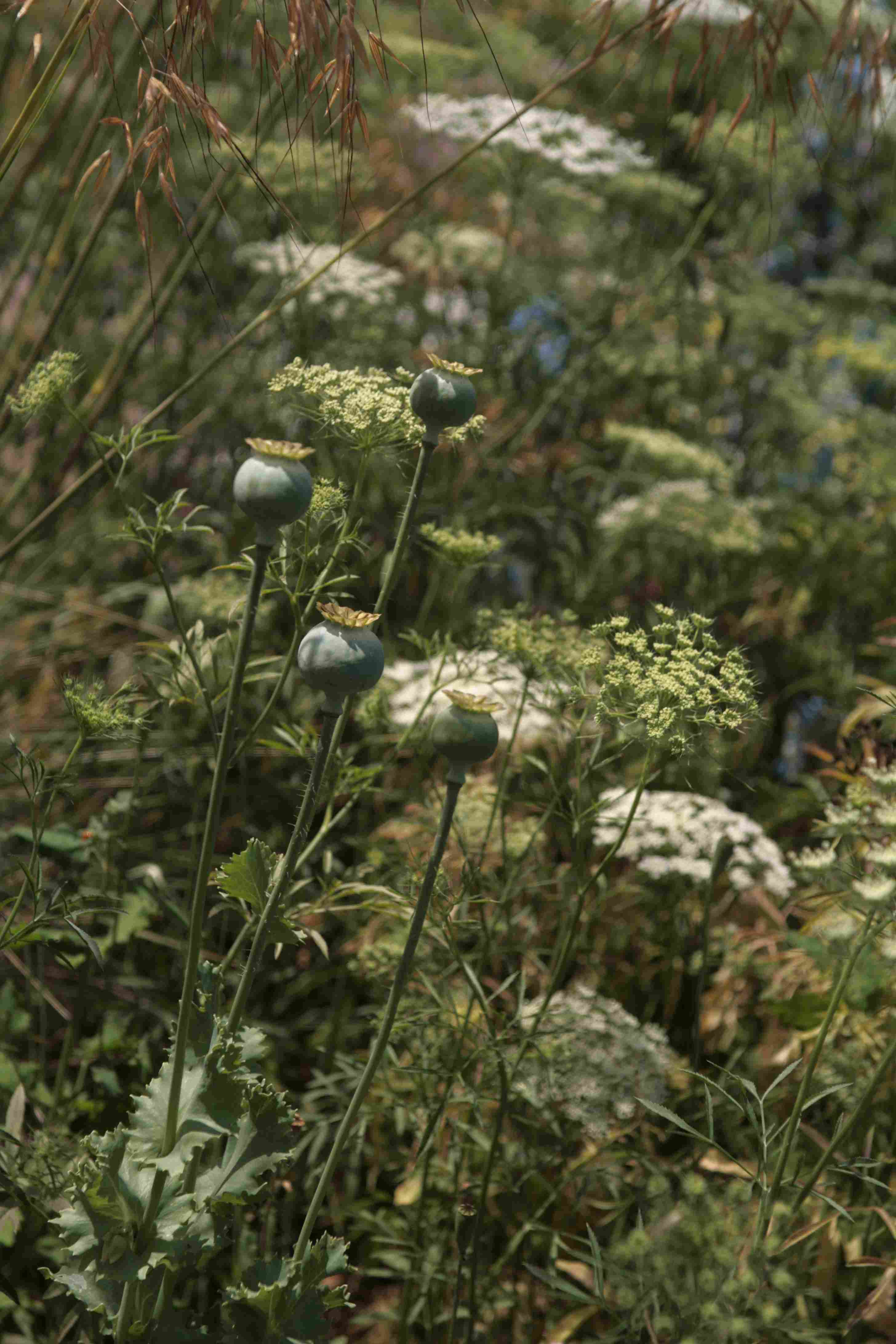

Consider combining the Oriental Poppy with species that have the particularity of still flowering when it no longer blooms
- Subscribe!
- Contents


































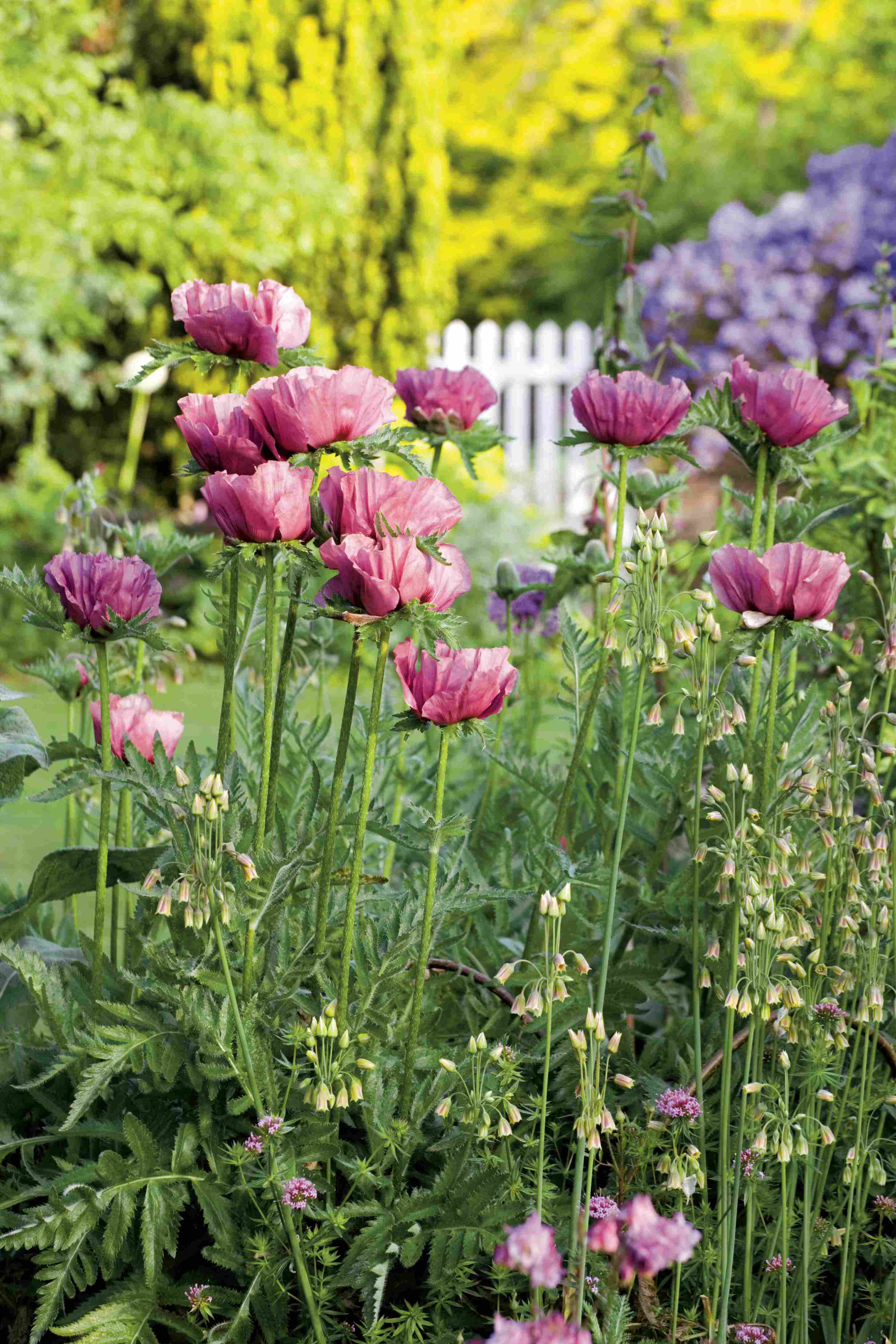
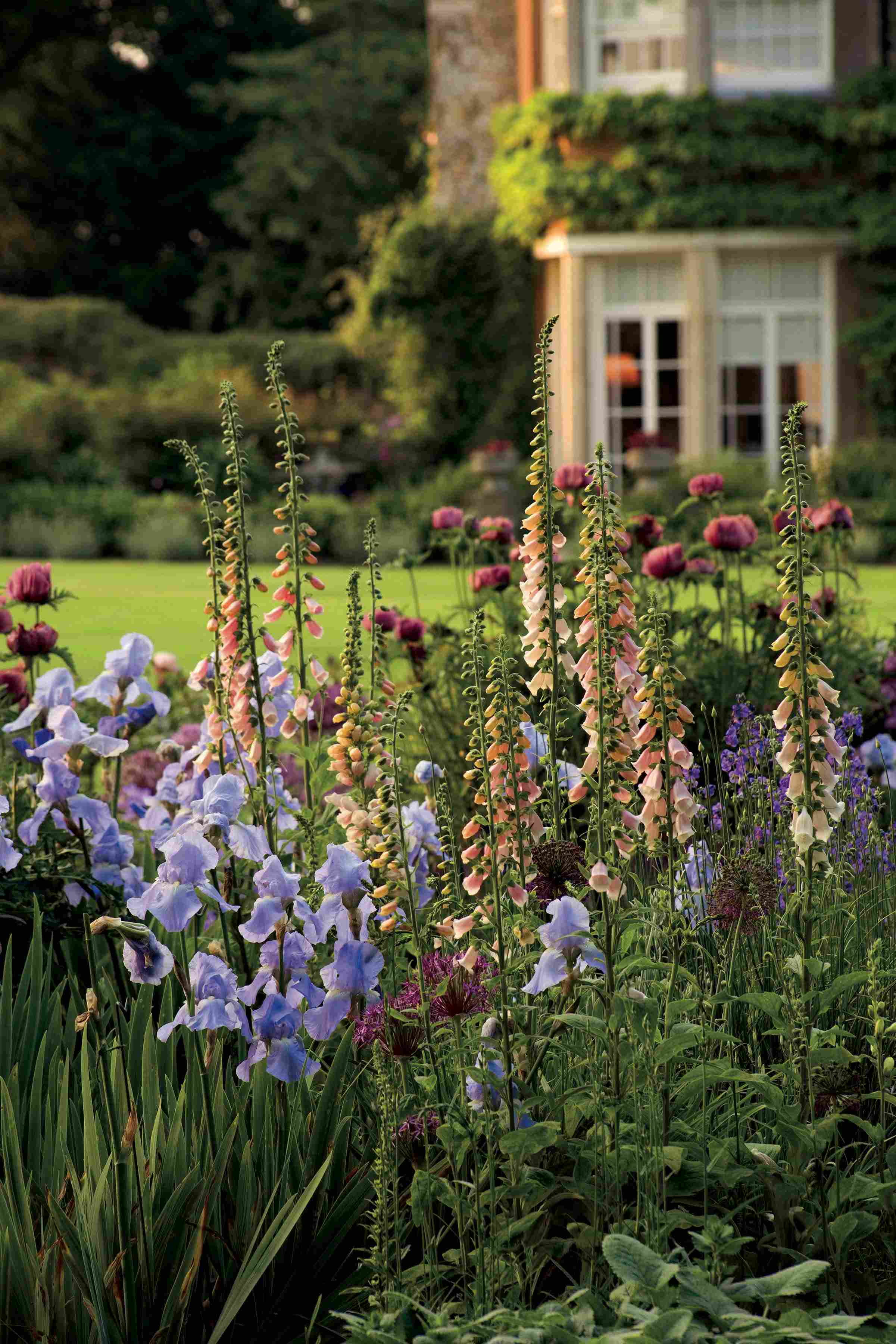
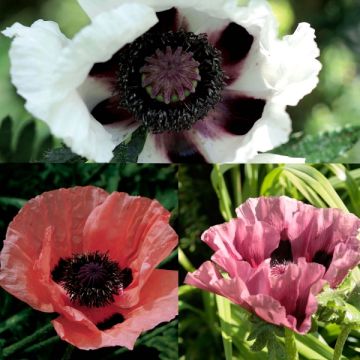
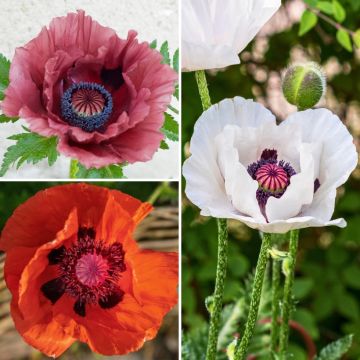
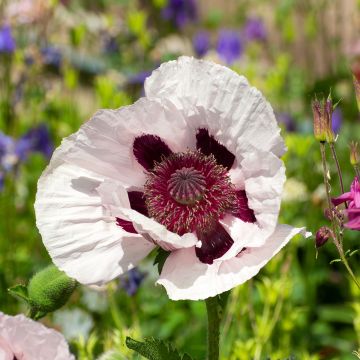
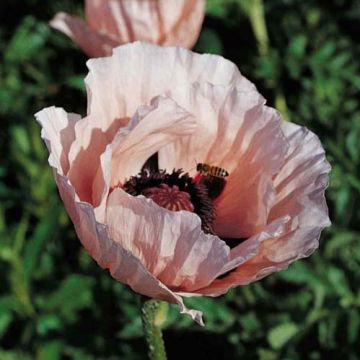
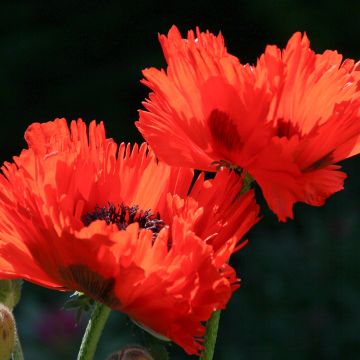
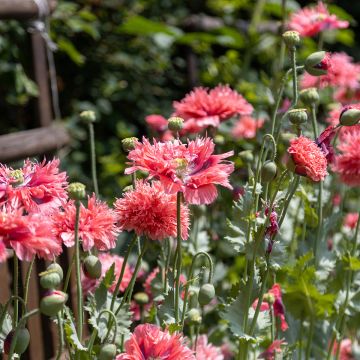
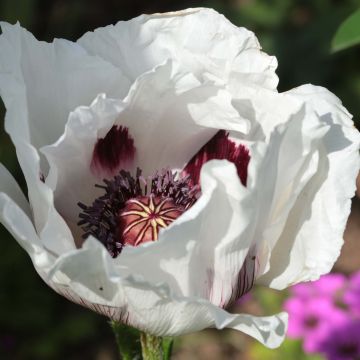
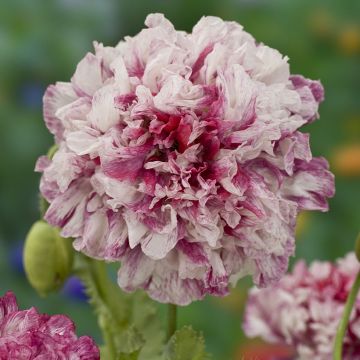
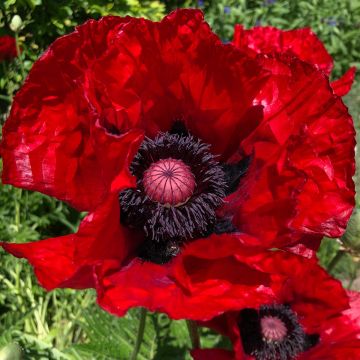
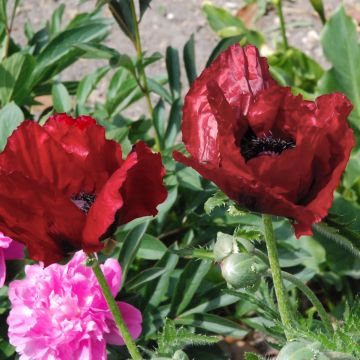
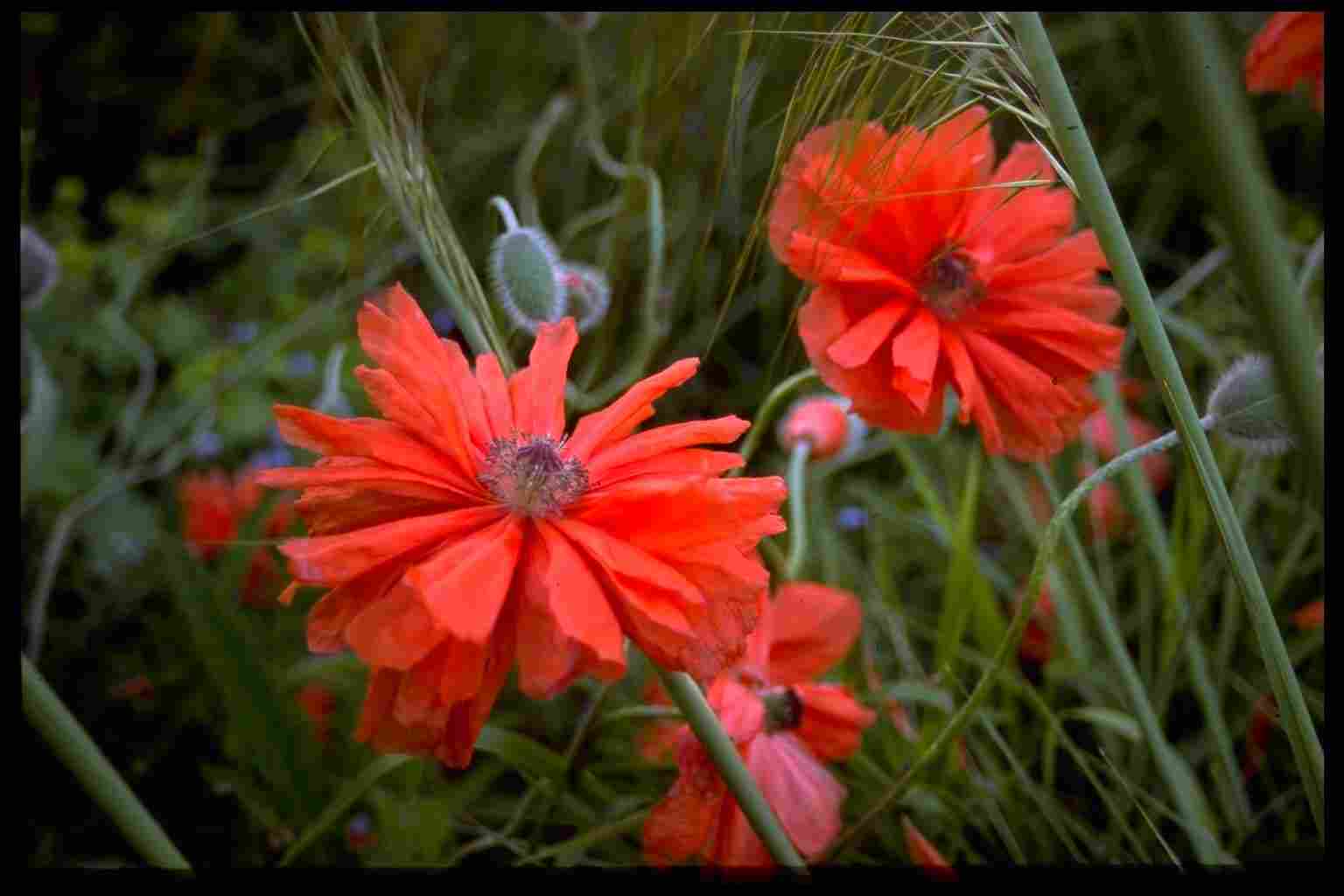
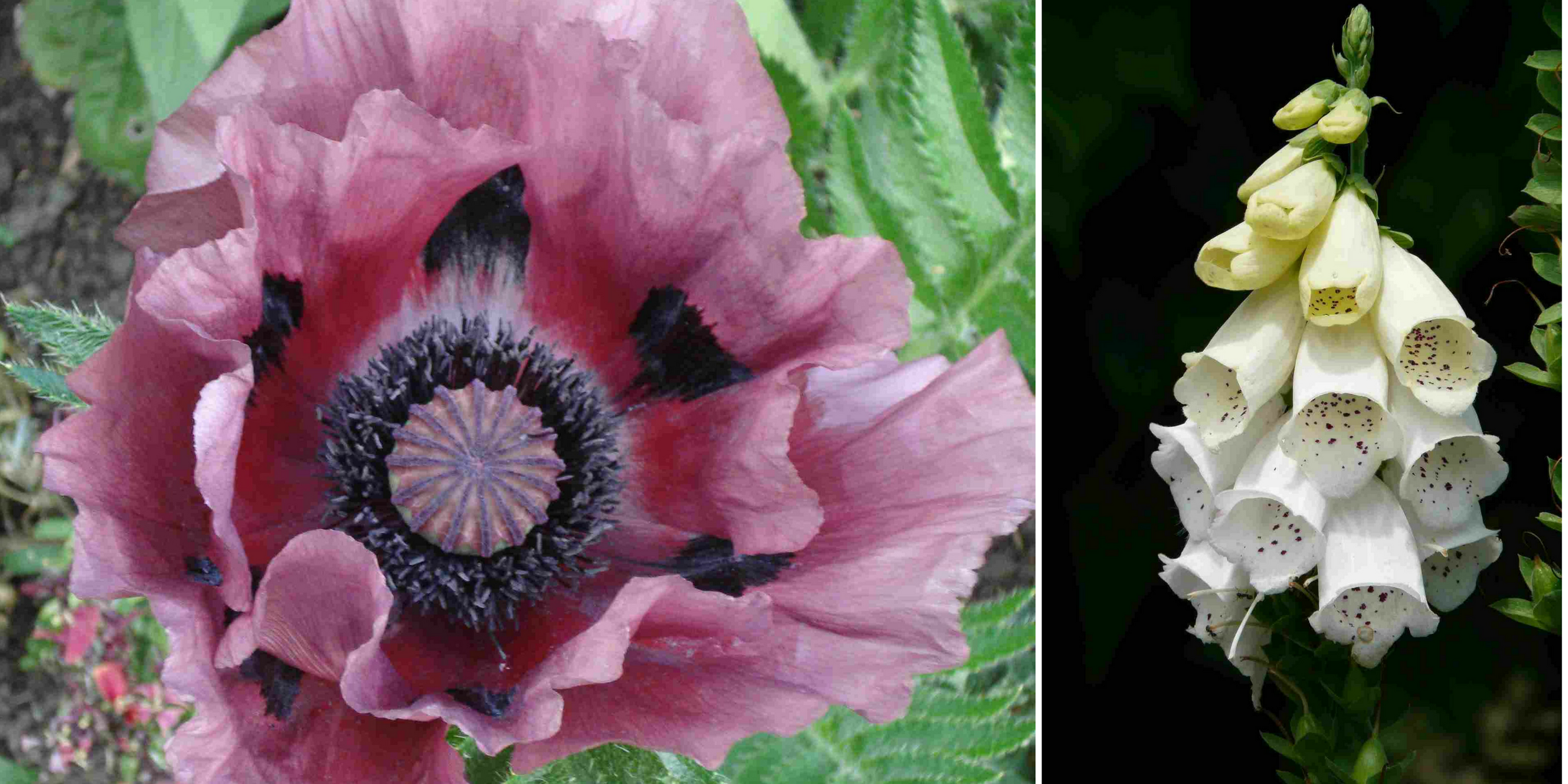
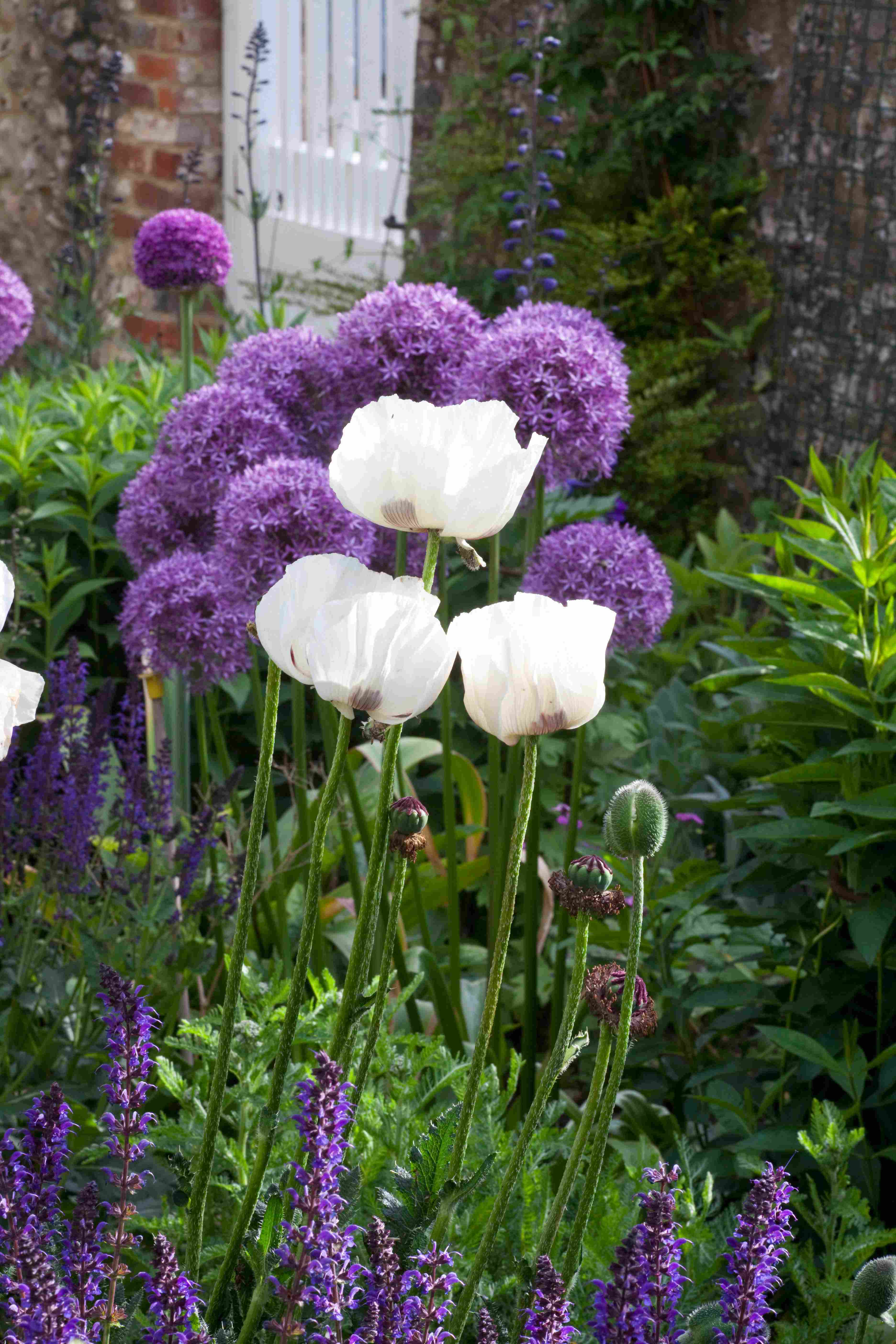
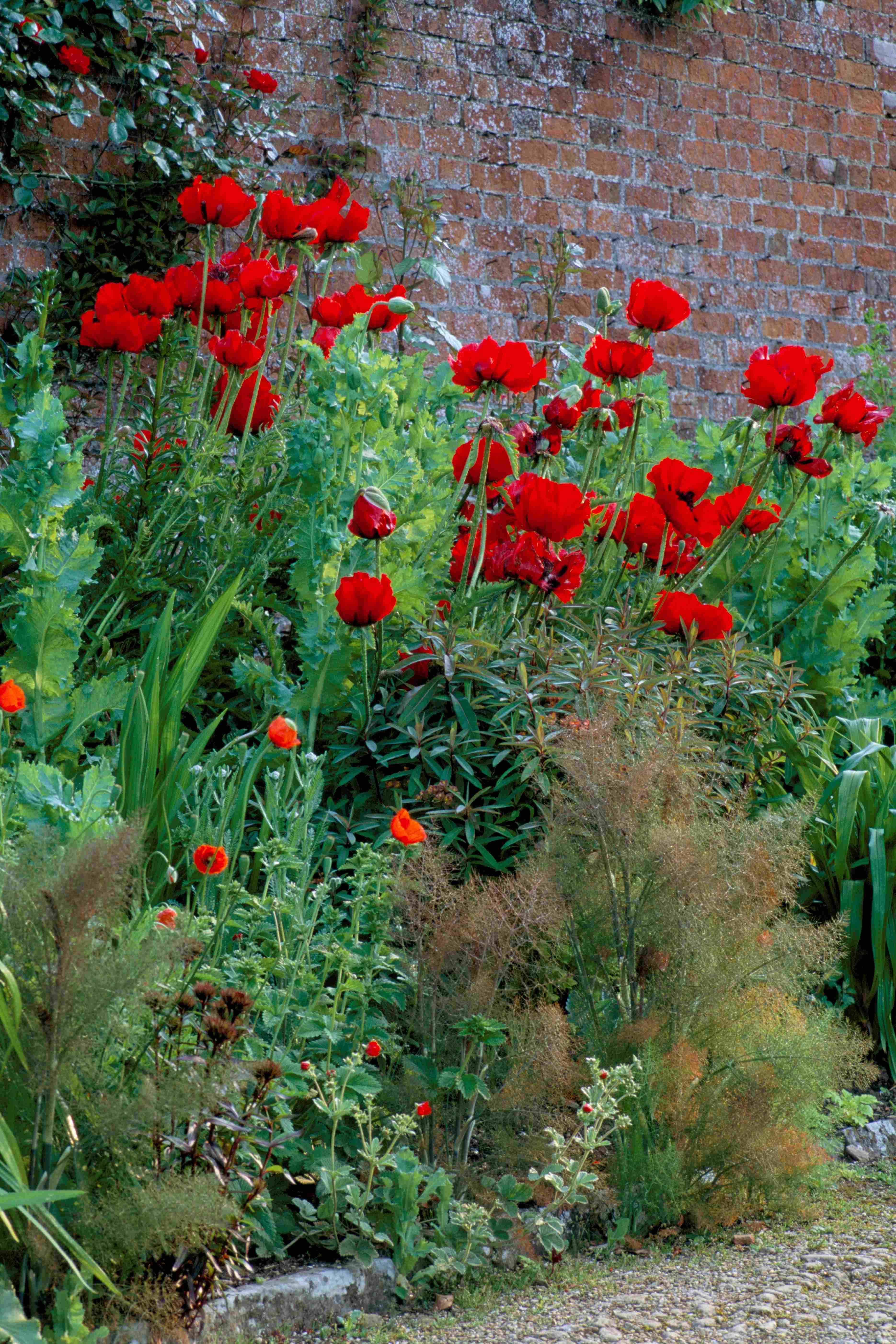
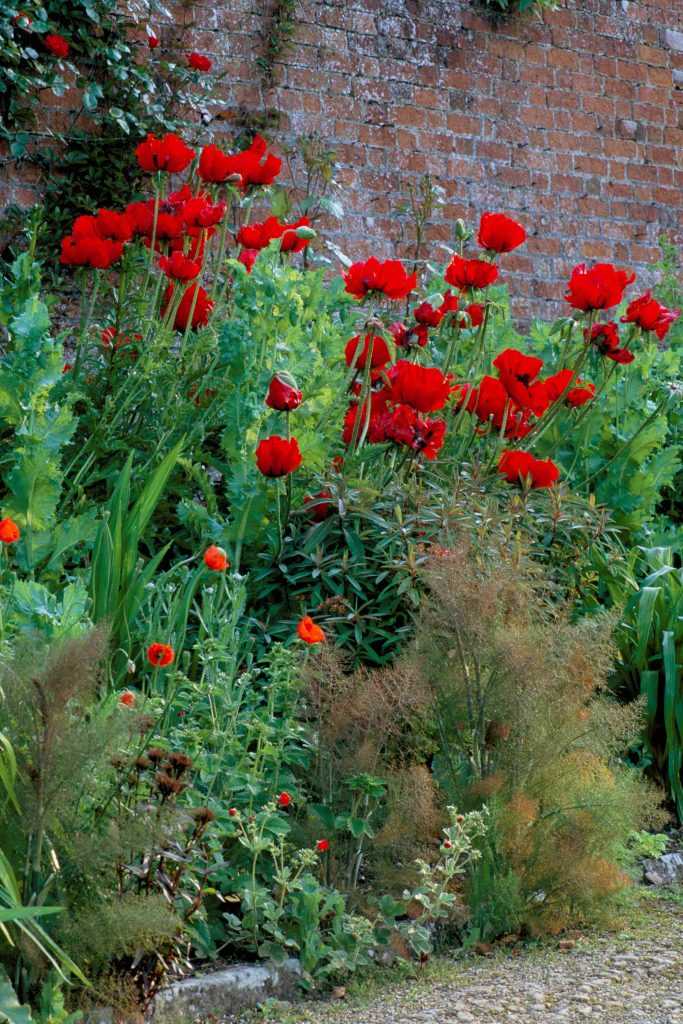
Comments